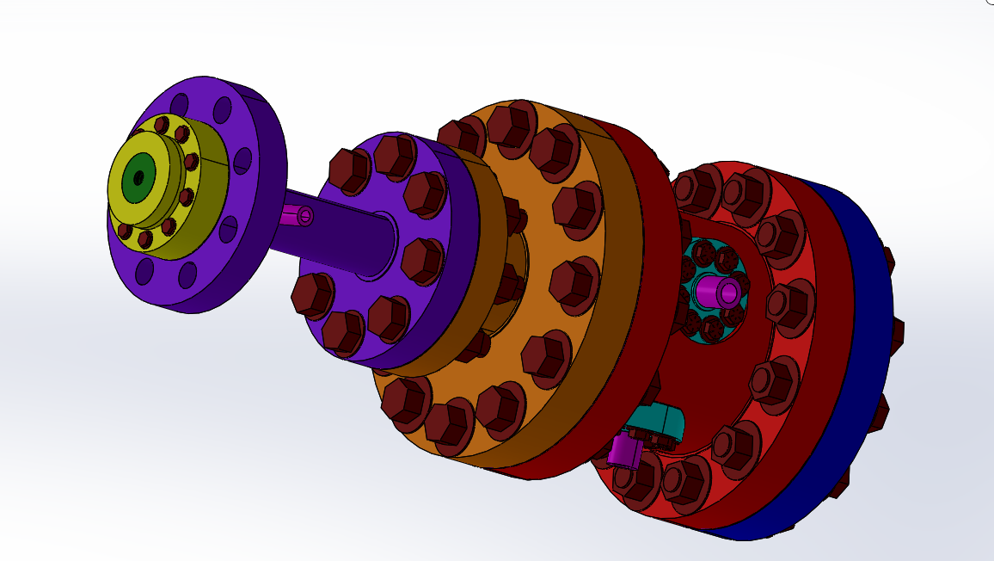
May 12, 2022 - Atlanta, GA
Prof. Steinberg's team has been awarded a $940K, four year grant from AFOSR to study fundamental aspects of swirl combustion over a wide range of conditions. Swirl combustion is commonly used to stabilize flames in gas turbine main combustors, wherein vortex breakdown, strong shear layers, and hydrodynamic instabilities lead to robust combustion. However, the phenomenological description of swirl flames is incomplete in high-speed and small-scale systems due to complicated coupling between fluid mechanics, thermodynamics, and combustion. Hence, the overarching objective of the proposed research is to unravel the coupled behaviors of vortex breakdown, hydrodynamic stability, and flame structure/dynamics in high-speed and small-scale swirl combustion. A novel combustor will be fabricated that can access the necessary range of conditions (Mach numbers, swirl numbers, etc.). After the macro-scale behavior of the flow and flames is mapped across a wide parameter space, state-of-the-art laser diagnostics will be used to further explore important phenomena, such as transitions in vortex criticality and global stability. Specifically, different combinations of particle image velocimetry, planar laser induced fluorescence, laser Rayleigh scattering, and background oriented schlieren tomography will be used to quantify the velocity and key scalar fields. These data will be analyzed using novel techniques, such as transient linear stability analysis, to understand the physical processes and parameters controlling the flow and flame behavior. Ultimately, this research will help enable more robust high-speed and small-scale aerospace propulsion devices, as well as provide a unique data set for validation of numerical simulations.
